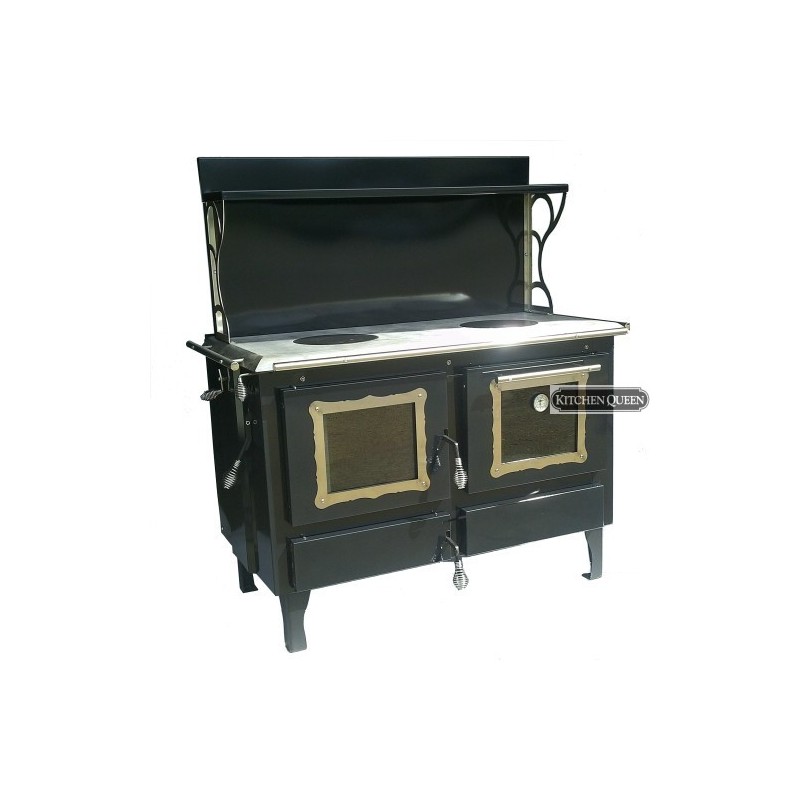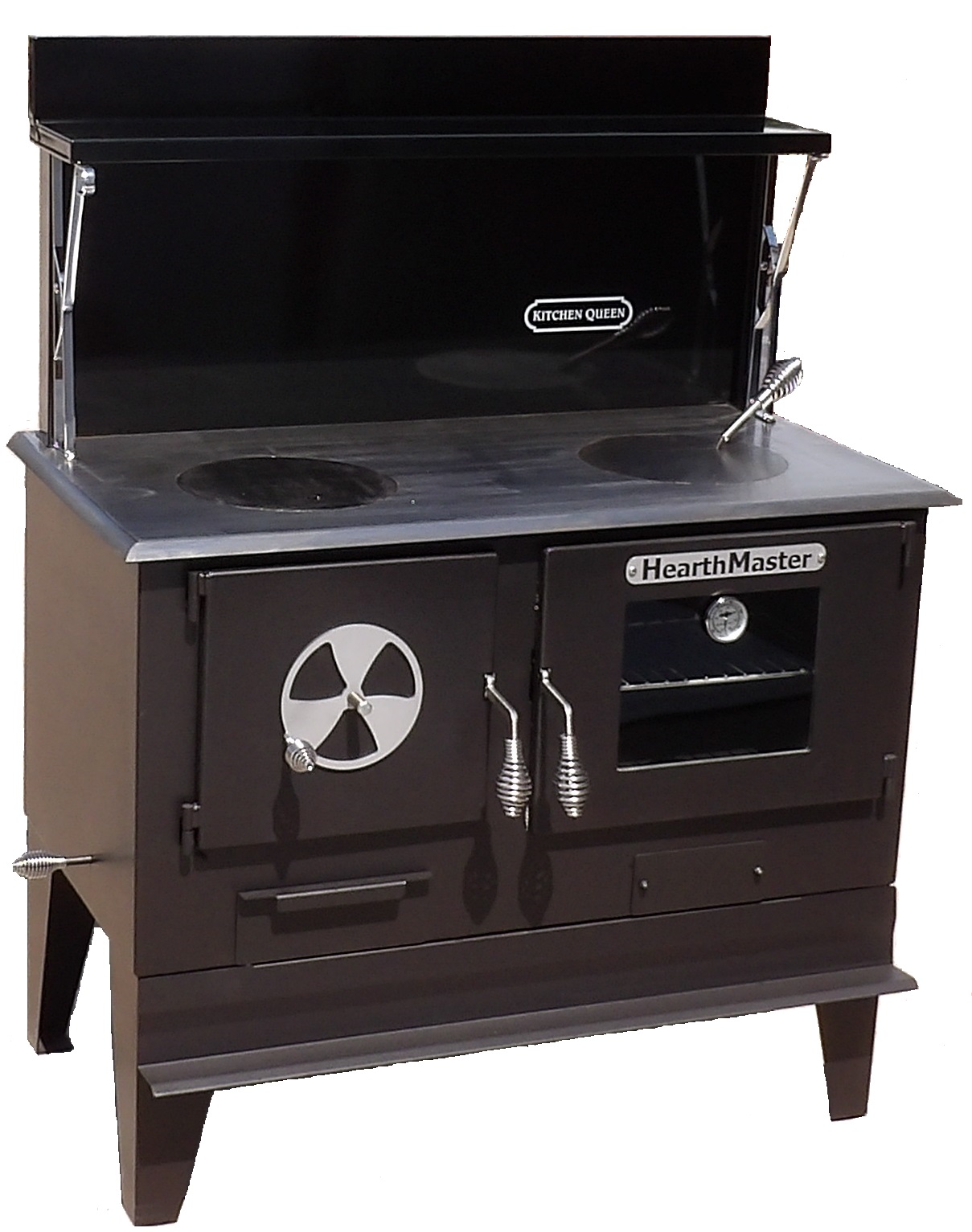Heather Staas wrote:I need to look at window drafts, I used those insulating films my first winter here but didn't think it made much difference so didn't repeat it. But now I have winter numbers without them to compare to. I bet they helped more than I realized. Going to implement and explore several of these ideas!!
You probably lose the most heat through the windows. Besides insulating films using heavy drapes can make a huge difference. Some people go low-cost and put bubble wrap over the windows.
In my bedroom I taped insulated foil bubble wrap packaging that cold-sensitive food items came in over the window that faces north. It normally has a window a/c in it so I don't ever look out that window anyway.
So that north-facing window is totally sealed off with insulation and tape. It makes all the difference in keeping that room warm. I also cover the west-facing window in that room as it is only used for sleeping.
This may sound crazy, but if you want a warm place to sleep without heating the entire bedroom, you can put your bed in a tent. I sleep on an air mattress that is inside a cheap (about $30) mosquito tent.
I covered that tent with multiple space blankets. It was built because the neighbor's smart meter transmissions were waking me up in the middle of the night.
But it also makes a warm, toasty place to sleep even if I turn the power off or don't use the heat in that room. If we have a power outage, I'll move all that in front of the fireplace.
Then I'll open the front up to use fireplace heat and then close it up if I want to let the fire burn down to retain that heat. NOTE: it gets REALLY HOT in there in the heat of the summer so I have to open up the front of it.
Look first at all north-facing windows and doors. Add insulation around them if they are letting cold air in. Then check all other windows and doors.
Before good insulation was common, everyone had heavy drapes over windows. And most people also had exterior shutters they closed during storms.
RE: Flushing. IF you have a place to bury or compost what is left, a luggable loo saves water. In a pinch, a 5 gallon bucket, a kitchen trash bag, and a bag of shavings (available at pet stores or feed stores) = power outage toilet.
In the country, many people have composting toilets. The commercial version is super expensive. But many just make their own by putting a seat and sometimes a box around a 5 gallon bucket.
Do your business, cover with shavings (or dried leaves, wood chips, peat pellets, etc.). When the bucket is full, empty it and start again. People who are off-grid or compost a lot may have separate wet and solid containers.
After composting a year, humanure is safe for plants. The squeemish only use it on trees, bushes, etc., - not food plants. Keep in mind that the cleaner your food, the better this compost will be.
And also be aware that if you take prescription anything, residue ends up in either the sewer, septic or compost. (And if you use city water, probably in what you drink and bathe in, too!)











